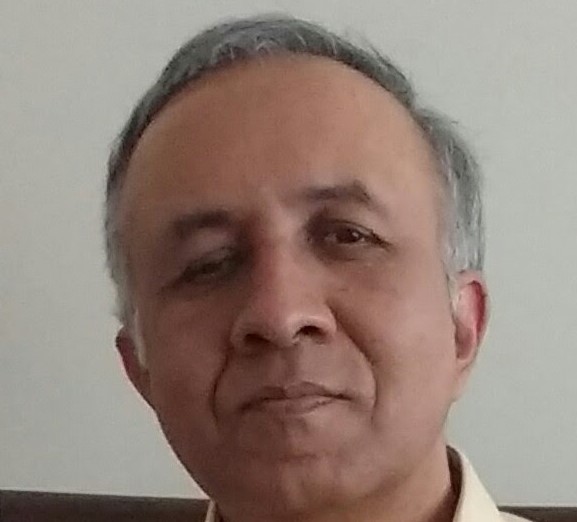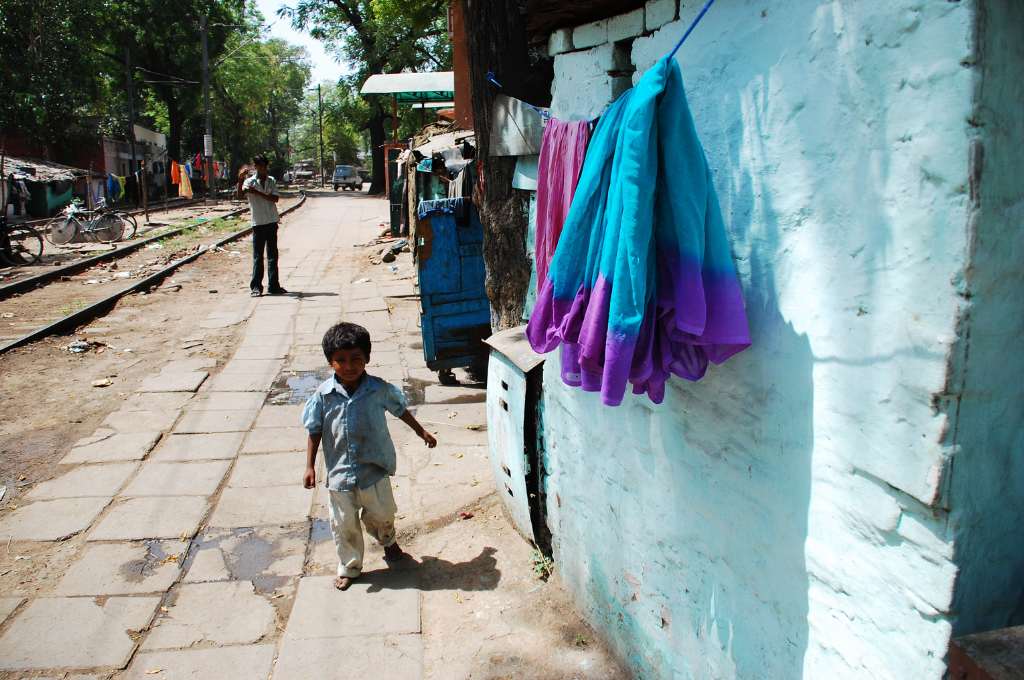The National Nutrition Strategy (NNS), released by the NITI Aayog in September 2017, is an important milestone in India’s long fight against child malnutrition. And not just because it points to a welcome focus on child malnutrition at the highest levels of the Central government. It is in the wake of the release of this strategy that, perhaps for the first time, we are seeing a clear focus on data related to child nutrition.
For the first time, we are seeing a clear focus on data related to child nutrition.
Soon after the NNS was released, the Ministry of Women & Child Development (MWCD) held a national-level workshop with top policy makers, health and nutrition experts, and district collectors from over a hundred districts in the country. It was here that the spotlight was turned on child nutrition data, with the MWCD highlighting the performance of states in improving child nutrition indicators between the 2005 and 2015 National Family Health Surveys (NFHS-3 and NFHS-4, respectively).
It went on to commend three states—Chhattisgarh, Arunachal Pradesh and Gujarat, in that order—for performing the best in reducing under-5 child stunting over the 10-year period. However, the selection of these three states seems incongruent with NFHS-3 and -4 data, which shows Arunachal Pradesh, Tripura and Himachal Pradesh as having the greatest percentage declines in stunting between 2005 and 2015. Chhattisgarh and Gujarat, in contrast, came in only sixth and eleventh, respectively, in the state rankings (highlighted in the table below).

Why the discrepancy when the data was available?
The criterion for selecting states was based on the absolute percentage reduction in stunting between 2005 and 2015. This method was flawed (and embarrassing) on two counts.
First, it failed to follow an accepted statistical principle: when computing reductions in any variable, the percentage fall relates to the reduction in value in relation to the previous base value. Second, it disregarded the NNS data, which had already highlighted reductions in stunting rates across different states over the 10-year period, rightly based on percentage reductions over the NFHS-3 percentages.
Further, departing from the NNS figures and rewarding states for good performance unnecessarily raises questions as to whether the Central government wished to name certain states because their political affiliations coincided with those of the party ruling at the Centre.
What the numbers don’t tell us
It is significant to note that the largest decreases have been recorded in the less populated states (under 25 million people). Larger states, with their high population densities (often in congested urban sprawls), their geographical diversity and greater administrative challenges, are often likely to find the issue of stunting reduction more difficult to tackle.
Larger states are likely to find the issue of stunting reduction more difficult to tackle.
Also important to recognise is that states like Goa, Kerala and Tamil Nadu—already well ahead in indicators like stunting rates—would never win any national prize for reducing child stunting. This is because their base is already low and the scope for further improvement is, therefore, circumscribed. This may well demotivate the ICDS machinery in such states.
Since the NITI Aayog and the MWCD are going to use a new Nutrition Monitoring System (NMS) to identify states/districts/blocks that are performing well and those that are lagging, it is even more critical to employ a rational methodology in order to get a true picture of the progress registered in any area.
Related article: The commercialisation of nutrition – Maharashtra comes full-circle
What we can do to get the numbers right?
There are a few steps that can help present a more accurate picture for policy making.
A three-tier state structure could be developed to assess performance between successive surveys of malnutrition, whether of stunting, underweight or wasting. For instance, in the case of stunting rates, states could be classified into three categories, as detailed in the tables below.

Increase frequency of district-level surveys
With NFHS-4 releasing district surveys along with the state surveys, for the first time we have a picture of the districts’ performance in different states and the worst indicators in respect of the three parameters of stunting, under weight and wasting. We need national surveys to be carried out more often so our attention remains focused on the problem.
We need greater commitment from the state and Central governments to develop systems for regular collection, monitoring and use of data on child growth. For instance, child growth monitoring has been highlighted as an important component of the ICDS for many years, but has largely been ignored in practice.
While all states are required to send monthly weight data of all children in all ICDS projects to the centre, the MWCD and the states have paid no attention to this data till date. States (barring Maharashtra) do not publish this data on their websites either, although the Right to Information Act mandates placing all such information in the public domain. The result is the extremely dubious quality of data.
NFHS-4 lists the top 100 districts with the highest underweight rates as well as the top 100 with the highest stunting rates. While as many as 55 districts overlap across both these lists, 32 belong to just three states: Bihar, Madhya Pradesh and Uttar Pradesh.
Related article: Why does undernutrition persist in India’s tribal populations
Interestingly, the NFHS-4 data shows a prevalence of high wasting rates in most states, including those that have performed better in reducing child and infant mortality rates in the past decade.
In general, while reduction in stunting percentage rates has been reasonable to very good in many states, reduction in percentages of underweight children has not been so encouraging.
With wasting remaining alarmingly high in many districts, taking up programmes to reduce severe or moderate acute malnutrition through state and community efforts will have to be one of the major focus areas of governments in different states.
Reducing malnutrition through state and community efforts will have to be one of the major focus areas.
Going forward, the MWCD and NITI Aayog will be faced with the onerous job of working with different states, especially Category A states, in devising practical, workable plans and programmes to make a significant impact on child malnutrition.
The first steps have been taken, with the NNS publication and the decision to set up the National Nutrition Mission. However, unless these are backed up by enlightened leadership at the Central and state levels, with a dedicated resolve to reduce the incidence of child malnutrition in all three aspects, India will continue to be an underperformer in an area that is key to the future of its population.
*An earlier version of this article did not include the southern states of Andhra Pradesh and Telangana in the second table, and has since been updated.




